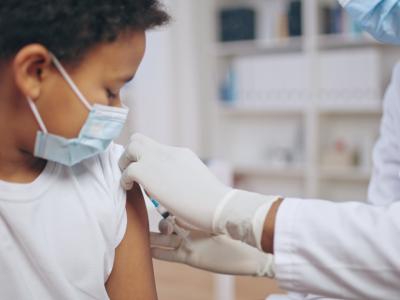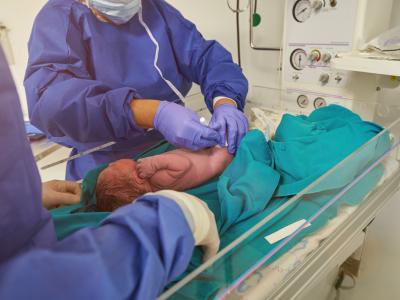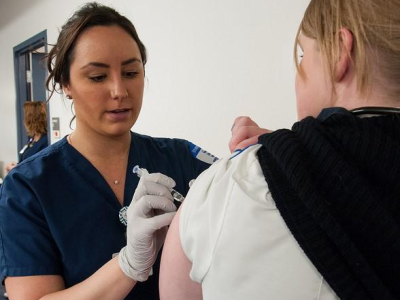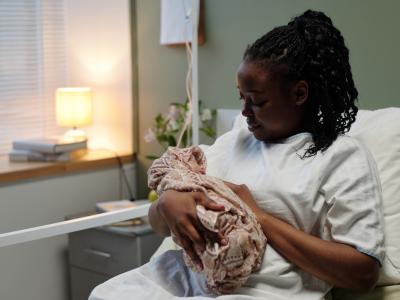
Using germicidal ultraviolet (GUV) lights in the common areas of four nursing homes didn't cut rates of acute respiratory infections (ARIs) per zone but did slightly reduce ARI rates overall, according to a randomized clinical trial published yesterday in JAMA Internal Medicine.
"Despite evidence that airborne transmission contributes substantially to the spread of respiratory viruses within residential care for older adults, this mode of transmission has been largely unaddressed by existing infection control practices," the South Australian Health and Medical Research Institute–led researchers wrote.
The investigators divided nursing homes into two equally sized zones, with an average of 44 beds per zone. Zones were randomly assigned to receive active GUV lights (intervention) or inactive (control) lights for 6 weeks, followed by a 2-week washout, crossover, and a second 2-week washout. Seven consecutive cycles were conducted from August 2021 to November 13, 2023.
12% overall reduction in ARIs
Over 211,952 bed-days, 596 ARIs (79.7% during intervention or control periods) were documented. The incidence in the control arm was 4.17 infections per zone per cycle, compared with 3.81 in the intervention arm (incidence rate ratio, 0.91). But modeling showed that 2.61 ARIs per week occurred in the control group, compared with 2.29 in the intervention group (mean difference, 0.32 infections [12.2%]).
.jpg)













